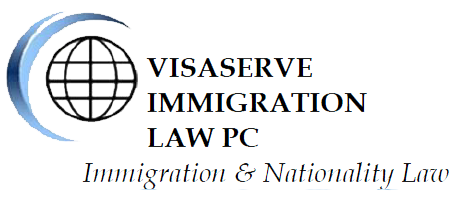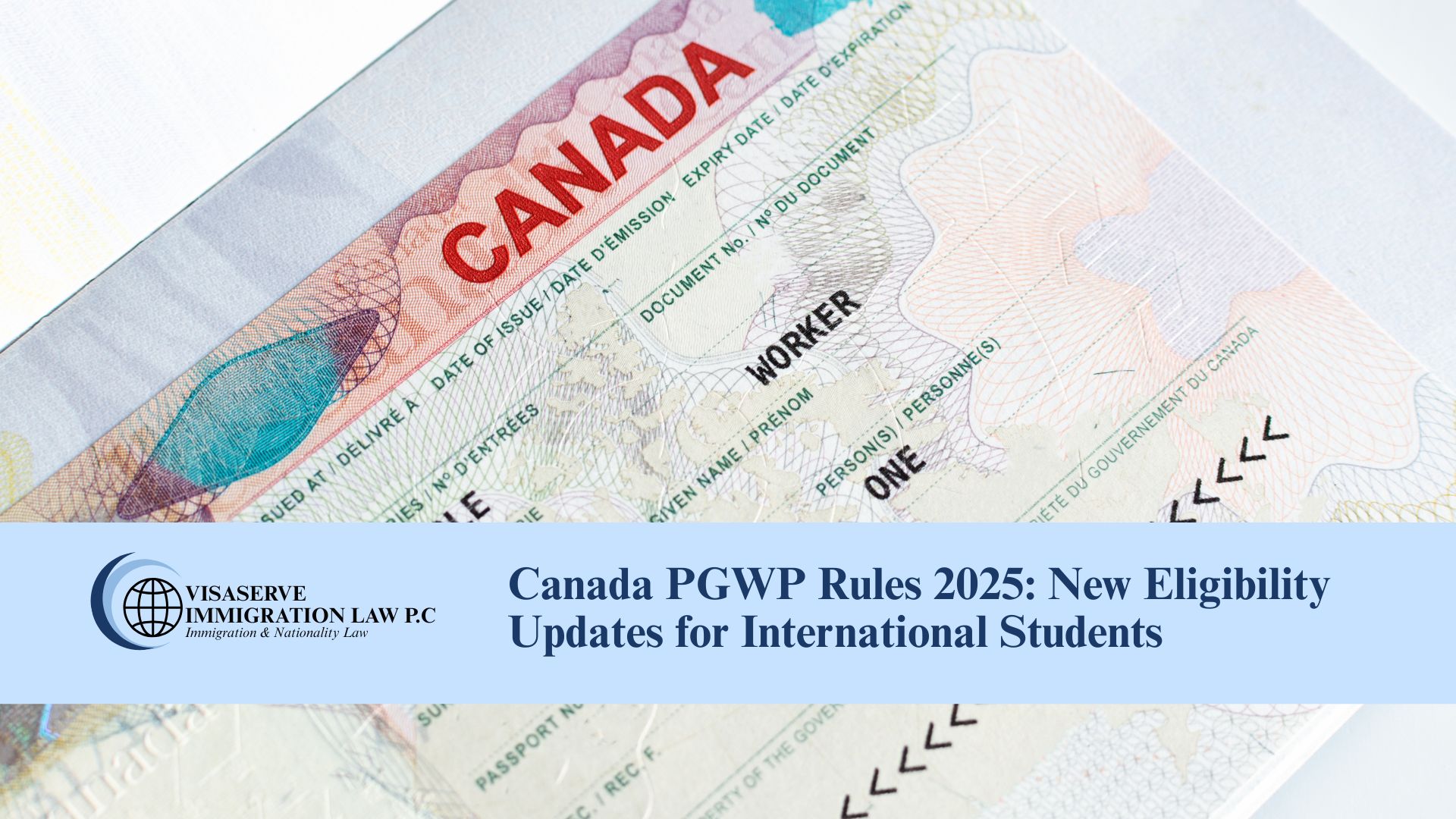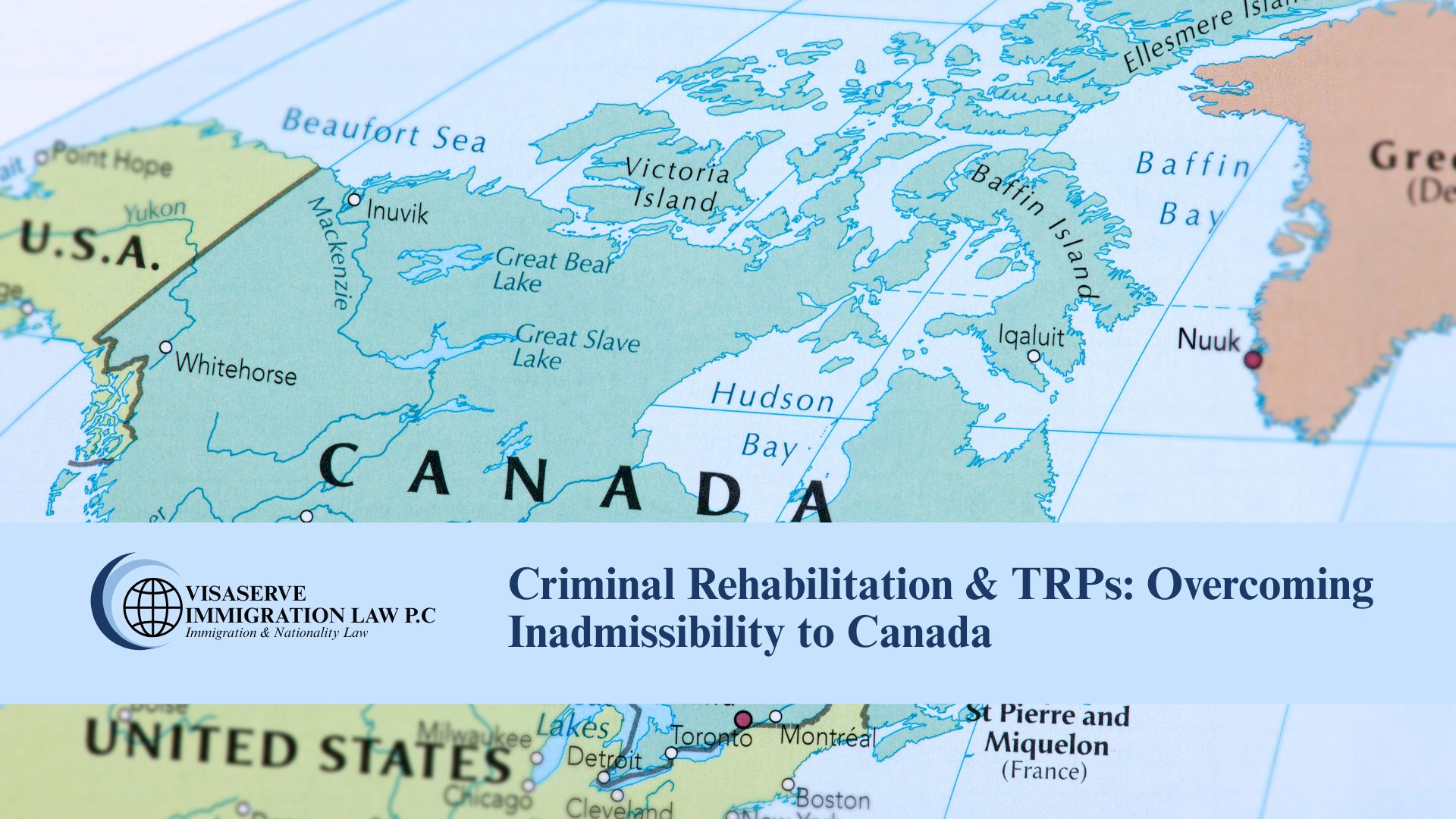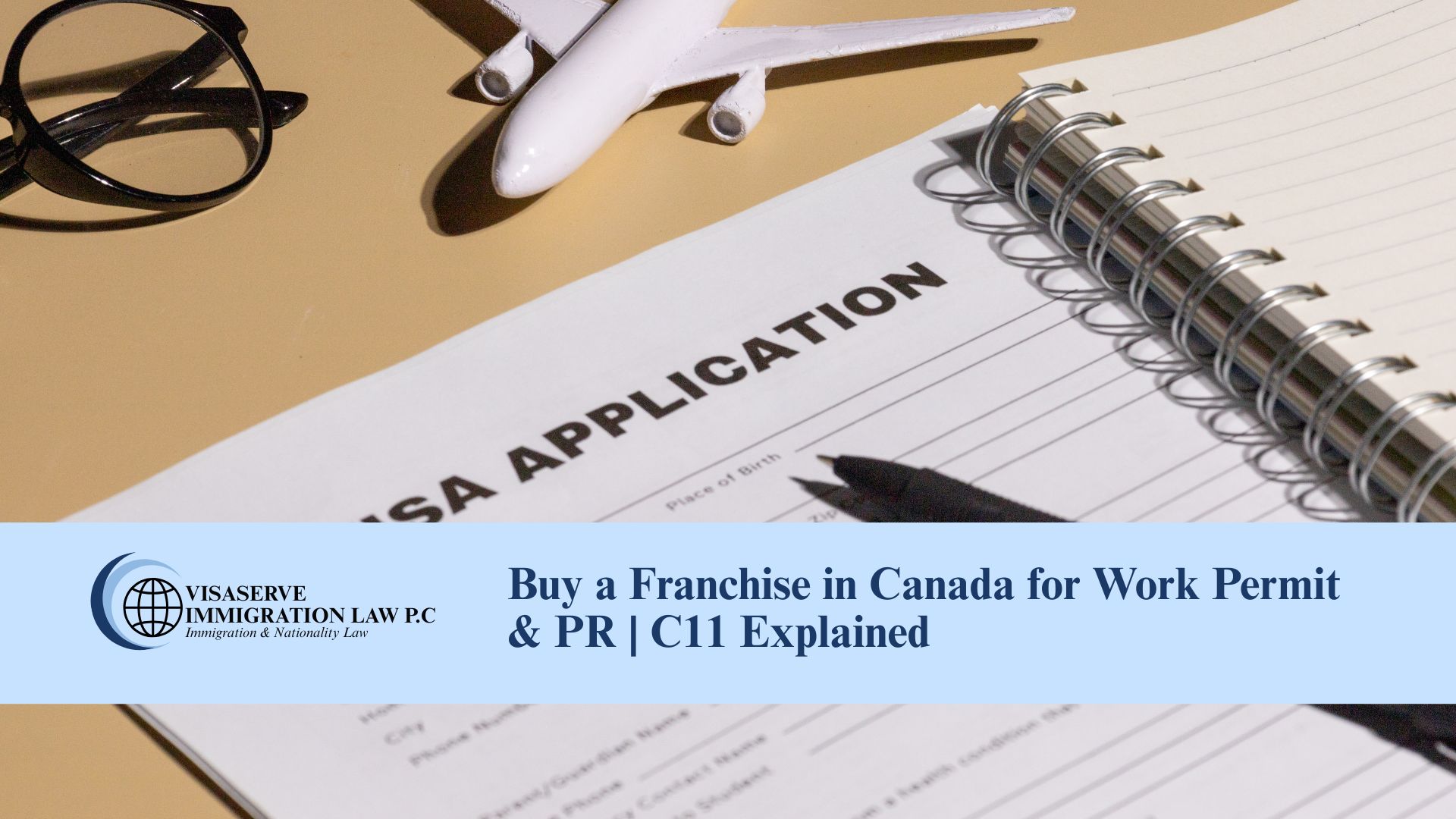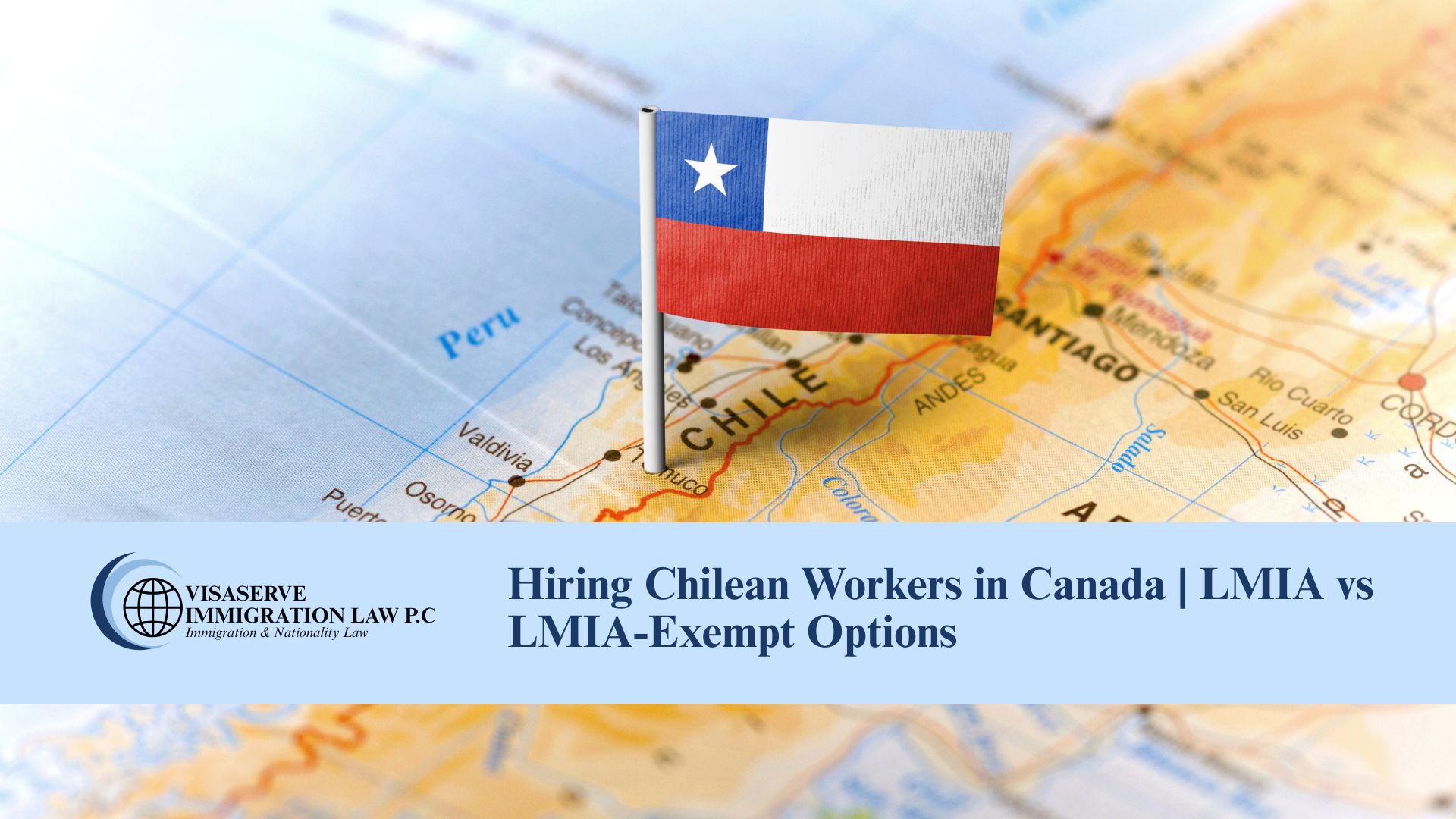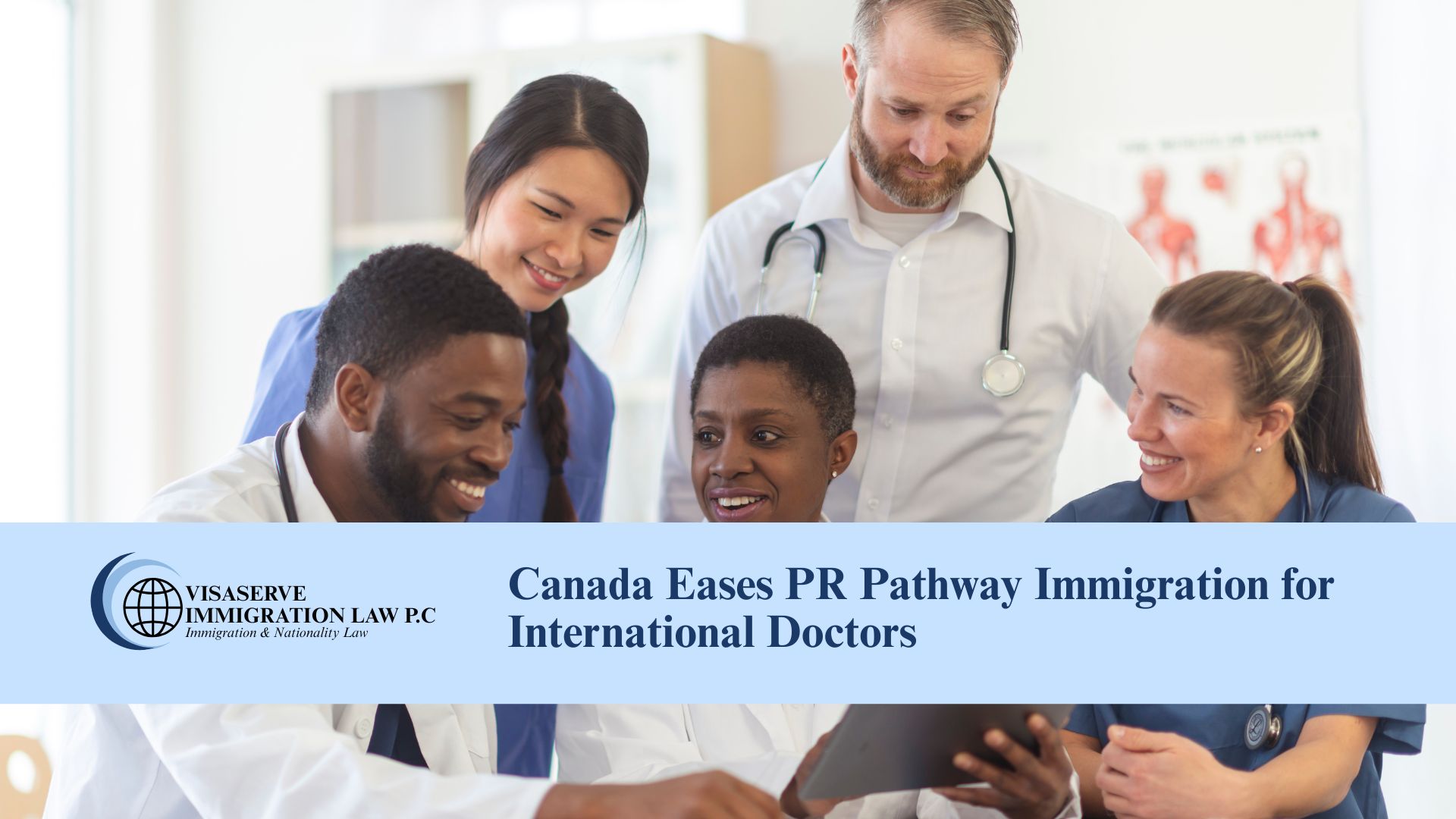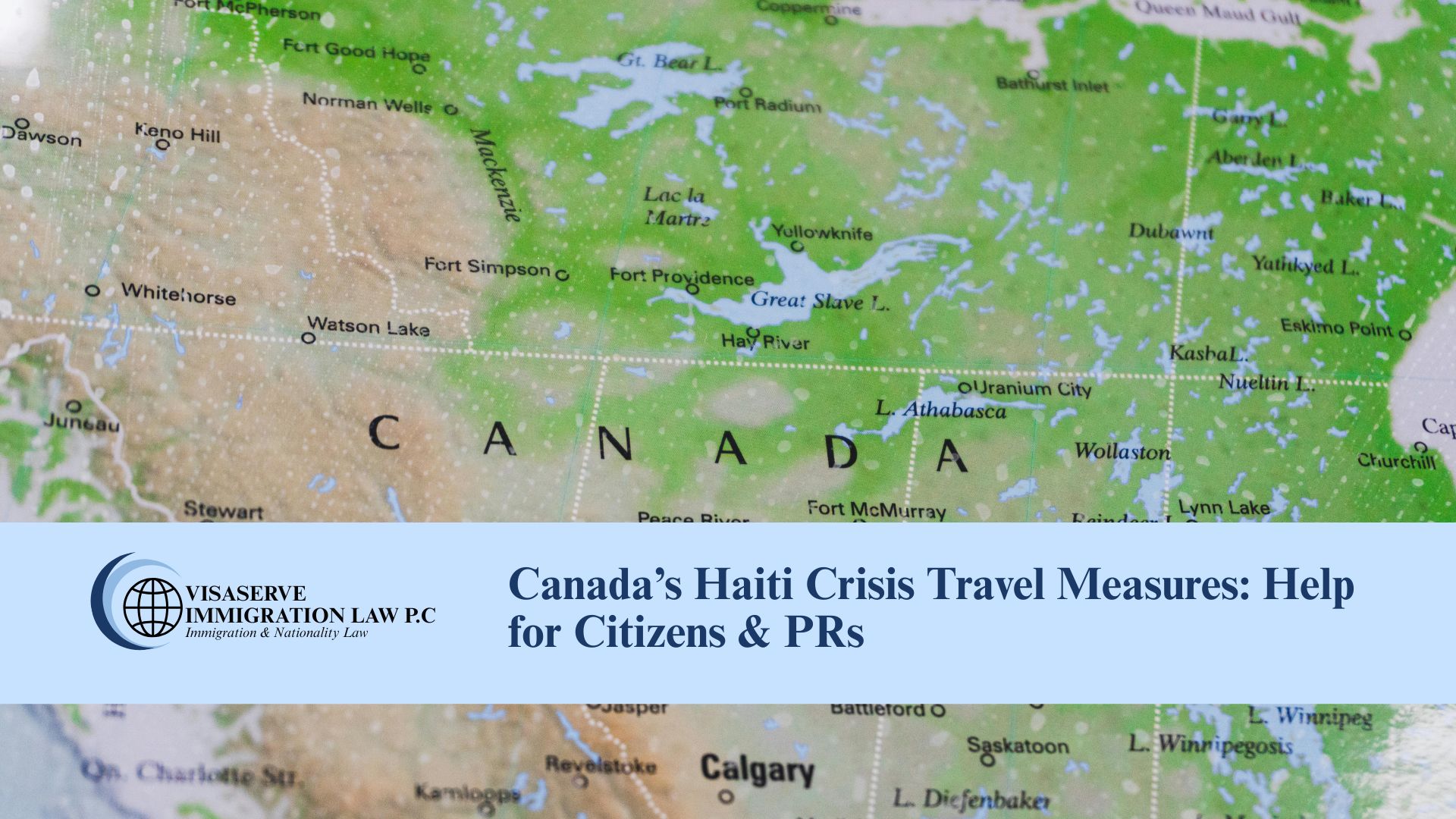Who this is for: internationally trained nurses, physicians, personal support workers, allied health professionals, and health-sector employers in Canada.
Canada continues to rely on internationally trained talent to stabilize patient care and reduce vacancy rates in hospitals, long-term care, and community health. A new Statistics Canada study confirms both the growing role of temporary foreign workers (TFWs) in health care and their strong transition to permanent residency (PR)—useful signals for applicants planning next steps.
Below, Visaserve Immigration Law P.C. summarizes the latest evidence and the official PR options available to health-care workers.
What the 2025 Statistics Canada study tells us
-
Rapid growth: TFWs working in Canada’s health-care sector increased from 3,200 (2000) to 57,500 (2022). Statistics Canada
-
Retention after PR: About two-thirds of former TFWs were still working in health care one year after landing, with higher retention among those who originally held health-occupation-specific permits. Statistics Canada
-
Provincial concentration: Most health-care TFWs are in Ontario, Québec, and British Columbia. Statistics Canada
-
Pathway momentum: More recent TFW cohorts are moving to PR faster than earlier cohorts. Statistics Canada
Why this matters: If you already work in Canadian health care—whether on an LMIA-based permit or an open work permit—your real-world Canadian experience is increasingly aligned with IRCC selection priorities and program design.


Your work status matters: TFWP vs. IMP (and students)
Understanding how you’re authorized to work can shape the best PR route:
-
TFWP (LMIA-required): employer-specific permits used to address labour shortages; the LMIA tests wages and working conditions against Canadian standards.
-
IMP (LMIA-exempt): includes open or employer-specific permits under international agreements, post-graduation work permits (PGWP), spousal open permits, youth mobility, intra-company transfers, and more. In 2024, ~80% of work permits were issued under the IMP.
-
International students: may work off-campus during studies (conditions apply) and often transition to PGWP, which can support PR strategies via Canadian work experience.
PR pathways that health-care workers actually use
1) Express Entry (EE)
-
Category-based rounds for “Healthcare and social services occupations.” These rounds target candidates with eligible health-sector experience, in addition to standard CRS-based draws.
-
2025 emphasis: IRCC signaled a focus on Canadian Experience Class (CEC) and continued use of categories to address long-term labour shortages, including health care.
Tip: If you’re already in Canada gaining skilled experience (NOC TEER 0–3), we’ll assess your CRS, language scores, education equivalency, and whether a category-based round can strengthen your chances.
2) Provincial Nominee Programs (PNP)
Provinces run targeted health-care streams to meet local needs (e.g., nurses, PSWs, lab techs, physicians). PNP nominations add 600 points to Express Entry or lead to non-EE PR streams. (Program details vary by province; we map them to your role and location using current provincial criteria.)
3) Economic Mobility Pathways Pilot (EMPP)
Health-care employers can recruit skilled refugees and displaced persons overseas; eligible candidates can pursue PR through EMPP-linked economic streams.
4) Physicians’ PR facilitation (public policy)
IRCC recognizes that many physicians are paid through public funds and may be considered self-employed under traditional rules. A targeted public policy helps remove barriers for such physicians seeking PR.
5) Other/Legacy pathways
IRCC’s TR to PR Pathway (2021) closed, but many successful applicants were in health and essential services—one reason recent cohorts transitioned faster.
Building a compliant, evidence-based strategy
When Visaserve builds your plan, we:
-
Confirm your work authorization (TFWP vs. IMP; employer-specific vs. open) and map realistic PR routes.
-
Audit eligibility for EE categories (especially health-care) and provincial streams aligned to your occupation and province.
-
Quantify your timeline using the StatCan evidence on transition and retention to set expectations and milestones.
-
Prepare the file to IRCC standards: language tests, ECA, proof of qualifying Canadian experience, employer letters meeting program wording, and—where applicable—medical exam requirements and current exemptions for in-Canada PR applicants.
Employer note: recruiting and retaining health-care talent
For hospitals, LTC homes, clinics, and home-care providers, we structure compliance-first hiring plans:
-
Choosing TFWP (LMIA) vs. IMP options (e.g., PGWP hires, spousal permits, intra-company transfers).
-
Aligning job offers with provincial nomination criteria to support staff PR and retention.
-
Leveraging EMPP for hard-to-fill roles while meeting refugee hiring safeguards.
Frequently asked questions
Q1: I’m a PSW (NOC 33102) on an open work permit. Can I use category-based Express Entry?
If your occupation is on IRCC’s Healthcare and social services list and you meet Express Entry eligibility (CEC or FSW) plus language/CRS cut-offs, you may be competitive when that category is drawn. We verify your NOC, duties, and hours before filing.
Q2: I’m a hospital physician paid fee-for-service. Does “self-employed” experience count?
IRCC has a physicians’ public policy addressing common barriers for PR where services are publicly funded. We review whether you qualify and how to document it properly. Q3: What if I studied in Canada?
Your PGWP can provide the Canadian skilled work needed for CEC, and some provinces run graduate-focused PNP streams. We’ll confirm your hours, NOC, and admissibility.
Why act now
-
Policy alignment: IRCC continues to target health-care in EE categories and provincial initiatives.
-
Data-backed outlook: StatCan’s 2025 analysis shows sustained PR transition and sector retention among health-care TFWs, especially those in health-specific roles.
Book a confidential consultation
Visaserve Immigration Law P.C. provides end-to-end strategy and filing for health-care workers and employers:
-
Express Entry (CEC/FSW) & health-care category readiness
-
Provincial nominations aligned to your job, province, and timeline
-
Physician PR strategies under IRCC public policy
-
Employer compliance (TFWP/IMP), LMIA planning, and onboarding
Start your PR plan today. Our team will evaluate eligibility and map the fastest compliant route to permanent residence based on IRCC program rules and your current work authorization.
Sources (IRCC/Canada.ca & Statistics Canada)
-
Statistics Canada (Aug 27, 2025): Temporary foreign workers in health care: Characteristics, transition to permanent residency and industry retention. IRCC – Express Entry: Category-based selection (includes Healthcare and social services occupations).
-
IRCC News (Feb 27, 2025): 2025 category-based draws; CEC focus.
-
IRCC – TFWP vs. IMP overview and Work in Canada temporarily / IMP page.
-
IRCC – Economic Mobility Pathways Pilot (EMPP) (employers & applicants).
-
IRCC – Physicians’ PR public policy (fee-for-service/ publicly funded services).
-
IRCC – TR to PR Pathway (closed Nov 5, 2021) for historical context.12
-
IRCC – Medical exam policy (IME exemptions for certain in-Canada PR applicants, updated 2025).
